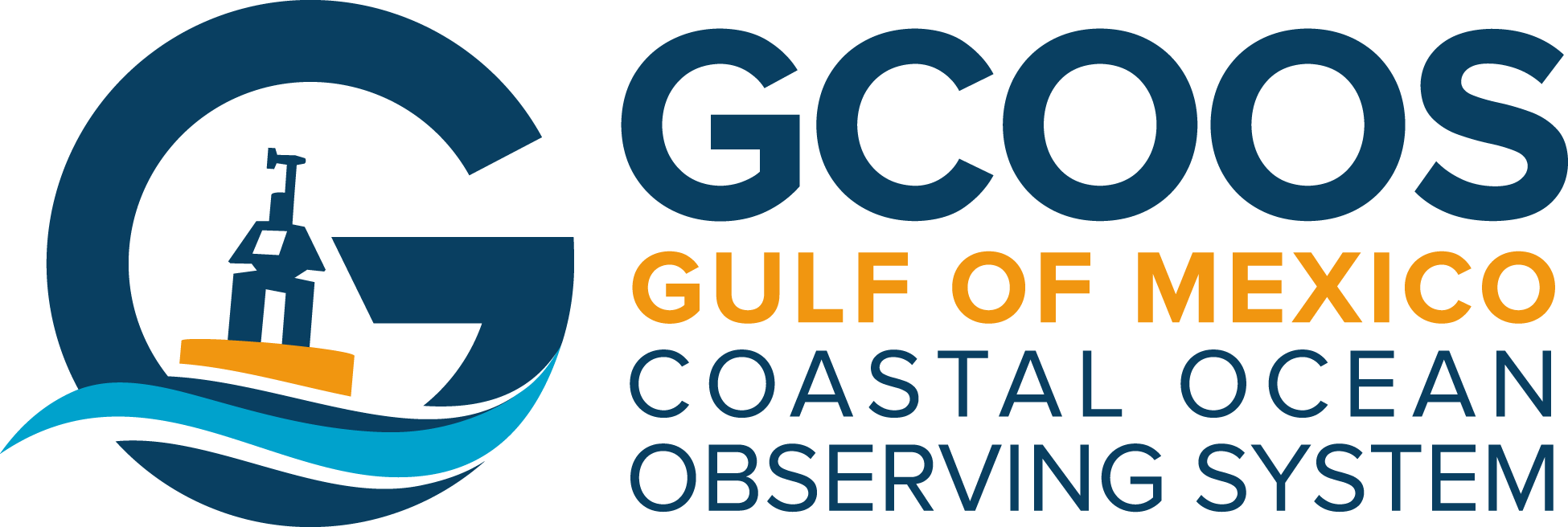Newswise — A new report shows that maritime — or “blue” — industries dominate Mississippi’s economy and that the state’s three coastal counties support at least 35 percent of its entire workforce through the blue economy. The study, Mississippi’s Blue Economy: An Analysis of Mississippi’s Maritime Industry, also outlined a series of recommendations that should be implemented to further support and grow Mississippi’s economy.
The study, undertaken as a capstone project of the Masters of Economic Development Program at the University of Southern Mississippi, was conducted by Ashley Edwards, Executive Director of the Hancock County Port and Harbor Commission, Susan M. Veglia, the Commission’s Community Development Director, and USM student Kevin Buckley.
“In the process of compiling the data, we really gained a better understanding of where we need to go next,” Edwards said. “We were able to catalyze our findings into a set of recommendations for the public and private sectors that we hope will be implemented.”
The study results come as the U.S. Integrated Ocean Observing System (IOOS) is undertaking a similar look at the entire nation’s Blue Economy. “We know that maritime industries play an important role in our nation’s economy, especially along our coasts and Great Lakes,” said Zdenka Willis, IOOS Director. “In the first phase of our nationwide study, we have, to date, identified 600 private companies with a ‘blue’ technology focus. We hope to identify more over the next few months. As developers of coastal observing systems designed to improve maritime safety and the health of our waterways, our members are leaders in this industry. As a nation, it’s important that we gain a better understanding of the economic benefits these companies and their systems provide so that we can continue to be world leaders in the maritime industry.” (Learn more about the IOOS study.)
The Mississippi study was supported by the Mississippi Enterprise for Technology (MSET) and the Marine Technology Society (MTS). “This study confirms the expanse of marine science and technology-focused organizations along the Mississippi and Gulf coast,” said Laurie Jugan, Project Coordinator for MSET. “Until now, there was no way to quantify the importance of this industry sector in our area; with the USM study, we now have a place to start.”
Among the study’s recommendations: • The state should establish maritime economic development incentives and policies and develop cross-border cooperation with neighboring states to ensure regional synergy and opportunities• Universities should maximize opportunities to incorporate maritime economics and logistics in their programs• Coastal counties should target oil, gas and energy production industries and related services as priority economic development targets• Stabilize and support the commercial fishing industry, including next generation workforce training programs• Enhance technology transfer efforts among scientific-business-government institutions
The study’s authors also concluded that an effort should be made to further define the state’s Blue Economy and build on the region’s Marine Industries Science and Technology cluster. “We have a high concentration, or cluster, of oceanographers, marine scientists and engineers working in maritime-related industries,” Edwards said. “We think the next step will be to capitalize on their maritime successes and seek ways to expand maritime opportunities here.”
Based on the study’s findings, MSET was awarded a competitive $523,742 grant from the Small Business Administration to accelerate the development of the marine technology cluster. “We’ll be able to focus support around the world-class marine technology research taking place at the Stennis Space Center — which has the highest concentration of oceanographers in the world — and the nearby federal, state and university partners already working in the field,” Jugan said. “We will be able to better understand where the industry needs additional support to expand and begin growing our Blue Technology sector.”
The Gulf of Mexico Coastal Ocean Observing System Regional Association (GCOOS-RA) represents many members of Mississippi’s Blue Economy, including business and industry and governmental and nongovernmental members. “This report really shows the impact that our members have on the economy — both as industry leaders and as organizations that develop the technologies that industry needs to function. We hope this report catalyzes further development of the Marine Industries Science and Technology cluster and will actively work to support those efforts.”
About the StudyThe study divided Mississippi’s Blue Economy into three categories:• Traditional maritime industries, such as shipbuilding and fishing• Industries that have both maritime and non-maritime activities, such as construction• Maritime technology companies, or “Blue Tech” companies
The study analyzed existing data sets based on the North American Industry Classification System (NAICS), the federal standard used to collect statistical information about industry and employment, and other economic data. The findings? • Jackson, Harrison and Hancock counties have a total workforce of 143,873, with the maritime industry accounting for 31,828 of those jobs — 22% • Further analyses bringing in additional economic datasets increases the total maritime workforce to 51,031 — as much as 35 percent of the coastal workforce.• The team also found that Mississippi has an under-employed workforce and that the state’s training resources hold great potential for growing the Blue Economy.
Read the Full Report• Mississippi's Blue Economy: An Analysis of Mississippi's Maritime Industry
Learn More• Hancock County Port and Harbor Commission • Mississippi Enterprise for Technology
Join• Join the Marine Industries Science and Technology cluster online for free at www.mistcluster.org
